Biofilm Process
Categories: Engineering Lab EquipmentFixed biofilm processes are used in the biological treatment of wastewater. Trickling filters are based on these processes.A pump transports the wastewater from the supply unit to the upper end of the...
Product
Description
Fixed biofilm processes are used in the biological treatment of wastewater. Trickling filters are based on these processes.
A pump transports the wastewater from the supply unit to the upper end of the trickling filter. The wastewater drops down on the trickling filter using a rotary distributor. In the trickling filter there is a fixed bed consisting of special carrier material. On this carrier material there is a thin layer of microorganisms (biofilm). While the wastewater trickles through the fixed bed, the microorganisms clean the wastewater by biological processes. The degradation of organic substances preferably takes place in the upper region of the trickling filter. In the lower region on the other hand, the oxidation of ammonium to nitrate (nitrification) is the predominant process. Subsequently, the wastewater flows into a collecting tank. Two pumps deliver a portion of the collected wastewater to the rotary distributor again (recirculation).
Learning Objectives/Experiments
Functional principle of a trickling filter
Recording of concentration profiles
Creation of a stable operating state
IIdentification of the following influencing factors
Flow rate of recirculation
Volumetric loading of the trickling filter
Surface loading of the trickling filter
Comparison of various carrier materials
Specification
Aerobic biofilm process for the degradation of organic substances and for nitrification
Transparent trickling filter with rotary distributor
Speed of the rotary distributor finely adjustable
Aeration of the trickling filter by natural convection or with compressor
Recording of concentration profiles is possible
Secondary clarifier with pump for transporting the return sludge
All relevant flow rates finely adjustable
Separate supply unit with wastewater tank and two stirring machines
Two different carrier materials made of HDPE
Technical data
Trickling filter
diameter: approx. 340mm
height: approx. 1000mm
capacity: approx. 90L
Rotary distributor
max. speed: approx. 2min-1
Tanks
wastewater tank: 300L
collecting tank: 90L
secondary clarifier: 30L
Flow rates
wastewater pump: max. 25L/h
circulation pumps: 2x max. 25L/h
return sludge pump: max. 25L/h
compressor: max. 600L/h
Carrier material
specific surface: 180 or 300m2/m3
Measuring ranges
flow rate:
2…25L/h (wastewater)
5…65L/h (recirculation)
50…900L/h (aeration)
230V, 50Hz, 1 phase
230V, 60Hz, 1 phase
120V, 60Hz, 1 phase
quick overview :
Fixed biofilm processes are used in the biological treatment of wastewater. Trickling filters are based on these processes.
A pump transports the wastewater from the supply unit to the upper end of the trickling filter. The wastewater drops down on the trickling filter using a rotary distributor. In the trickling filter there is a fixed bed consisting of special carrier material. On this carrier material there is a thin layer of microorganisms (biofilm). While the wastewater trickles through the fixed bed, the microorganisms clean the wastewater by biological processes. The degradation of organic substances preferably takes place in the upper region of the trickling filter. In the lower region on the other hand, the oxidation of ammonium to nitrate (nitrification) is the predominant process. Subsequently, the wastewater flows into a collecting tank. Two pumps deliver a portion of the collected wastewater to the rotary distributor again (recirculation).
Learning Objectives/Experiments
Functional principle of a trickling filter
Recording of concentration profiles
Creation of a stable operating state
IIdentification of the following influencing factors
Flow rate of recirculation
Volumetric loading of the trickling filter
Surface loading of the trickling filter
Comparison of various carrier materials
Specification
Aerobic biofilm process for the degradation of organic substances and for nitrification
Transparent trickling filter with rotary distributor
Speed of the rotary distributor finely adjustable
Aeration of the trickling filter by natural convection or with compressor
Recording of concentration profiles is possible
Secondary clarifier with pump for transporting the return sludge
All relevant flow rates finely adjustable
Separate supply unit with wastewater tank and two stirring machines
Two different carrier materials made of HDPE
Technical data
Trickling filter
diameter: approx. 340mm
height: approx. 1000mm
capacity: approx. 90L
Rotary distributor
max. speed: approx. 2min-1
Tanks
wastewater tank: 300L
collecting tank: 90L
secondary clarifier: 30L
Flow rates
wastewater pump: max. 25L/h
circulation pumps: 2x max. 25L/h
return sludge pump: max. 25L/h
compressor: max. 600L/h
Carrier material
specific surface: 180 or 300m2/m3
Measuring ranges
flow rate:
2…25L/h (wastewater)
5…65L/h (recirculation)
50…900L/h (aeration)
230V, 50Hz, 1 phase
230V, 60Hz, 1 phase
120V, 60Hz, 1 phase
Product
Reviews
add Review
reviews
No Review Yet.
Copyrights © 2025 All Rights Reserved by Atico






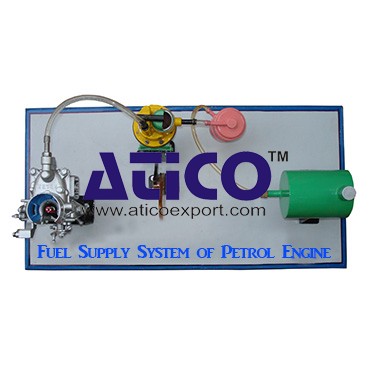

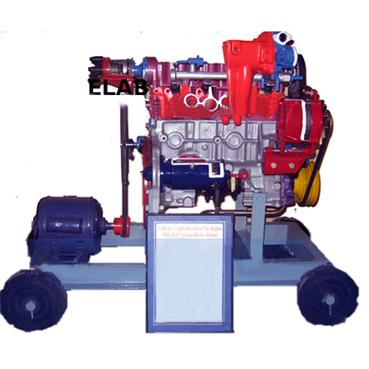
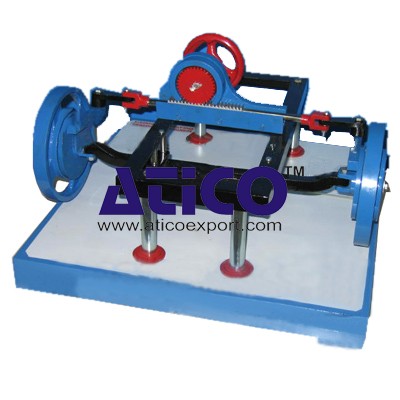


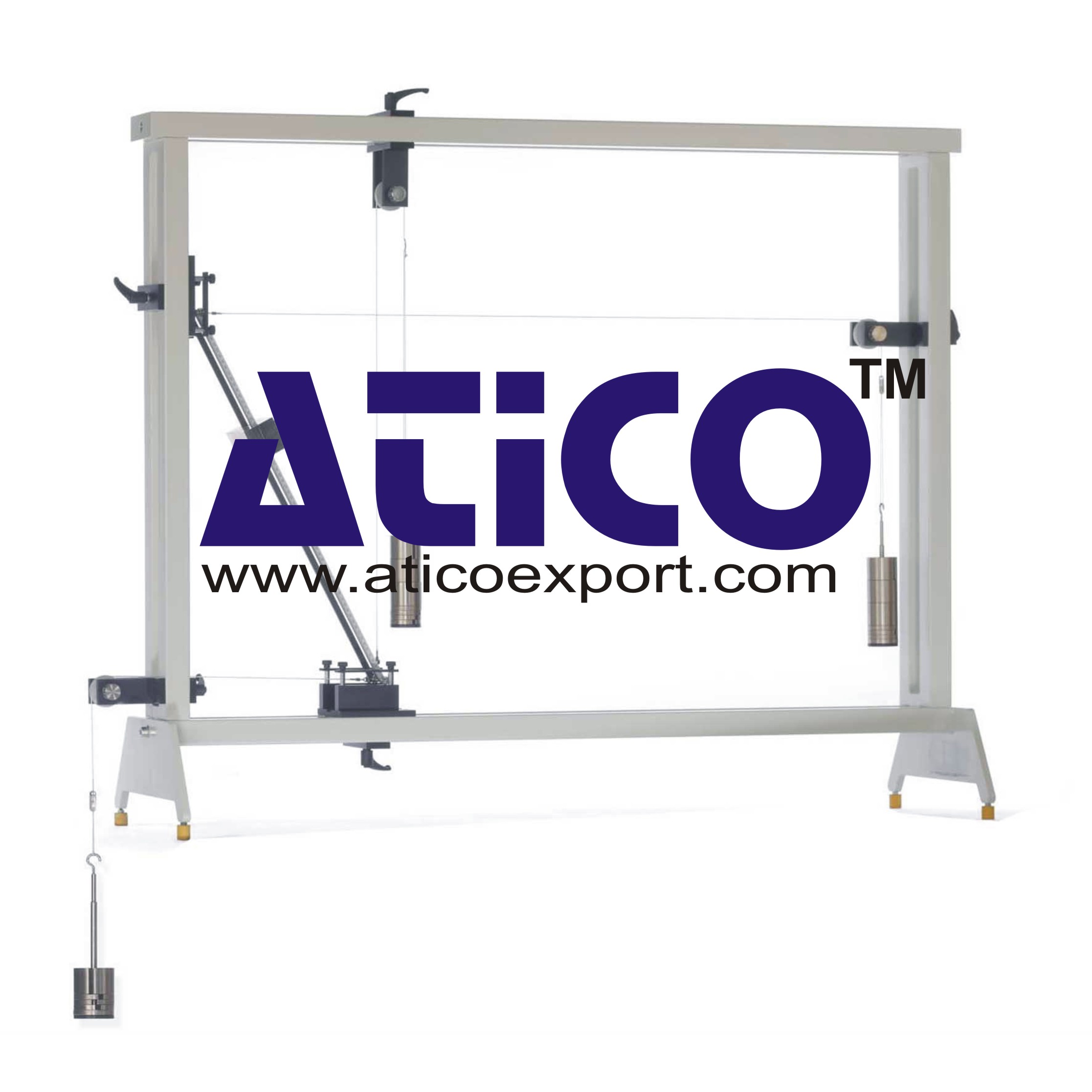
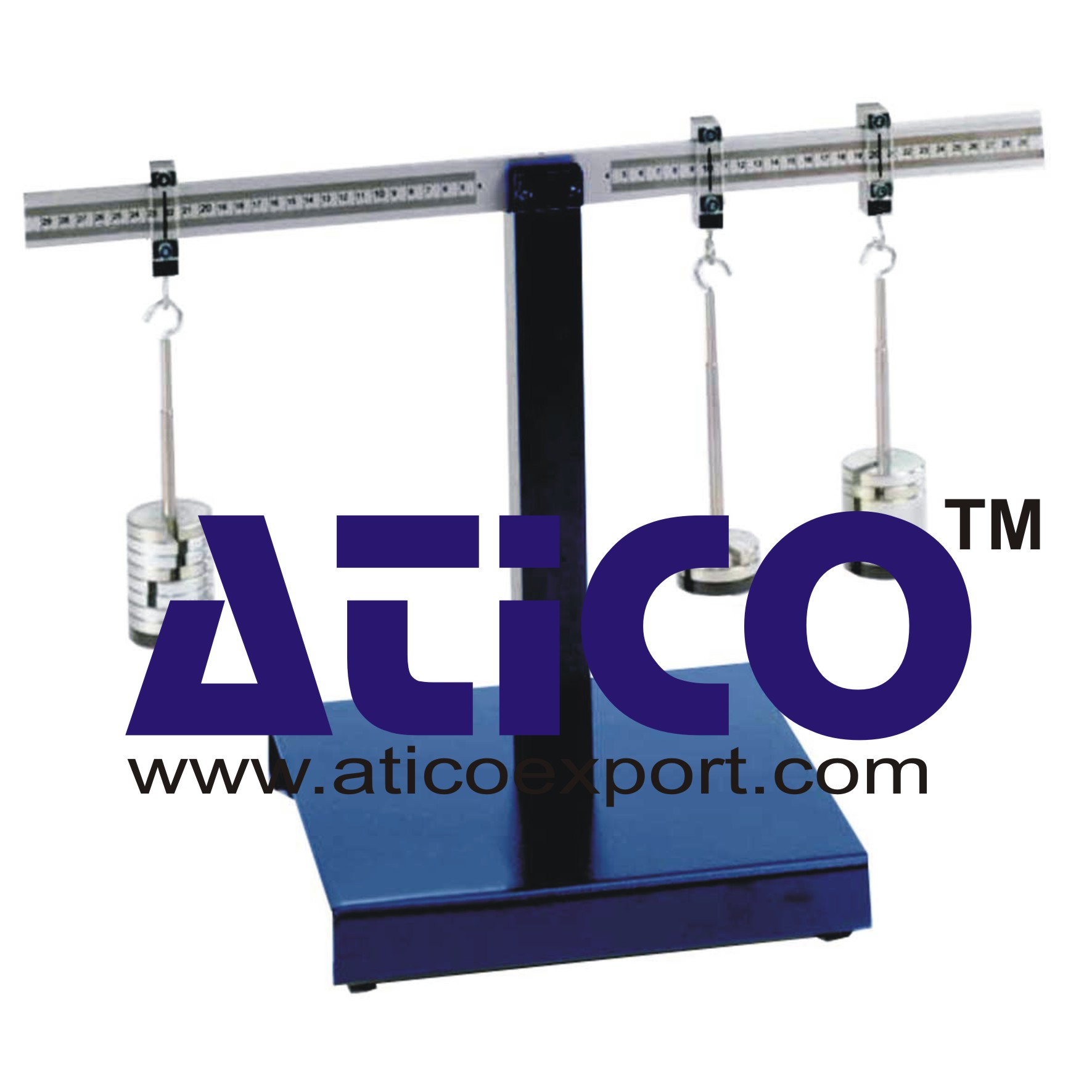
Product
Reviews
add Review
reviews
No Review Yet.